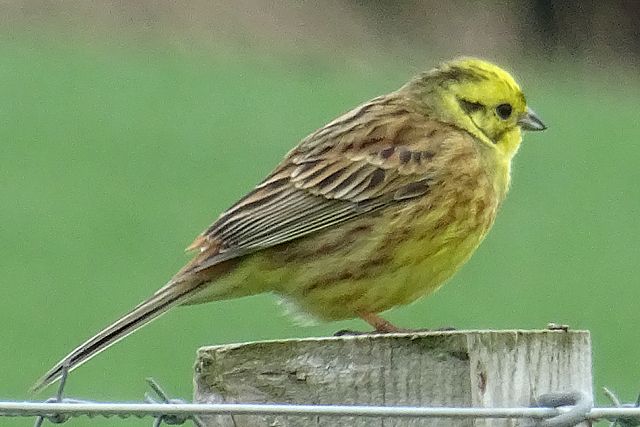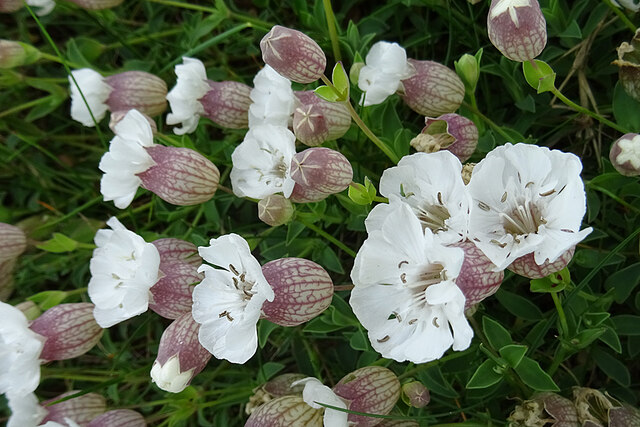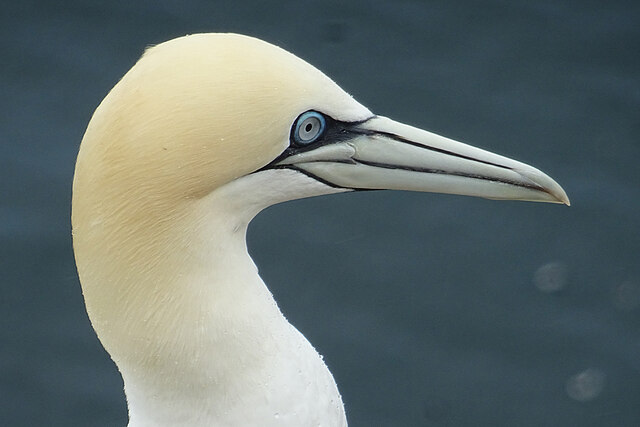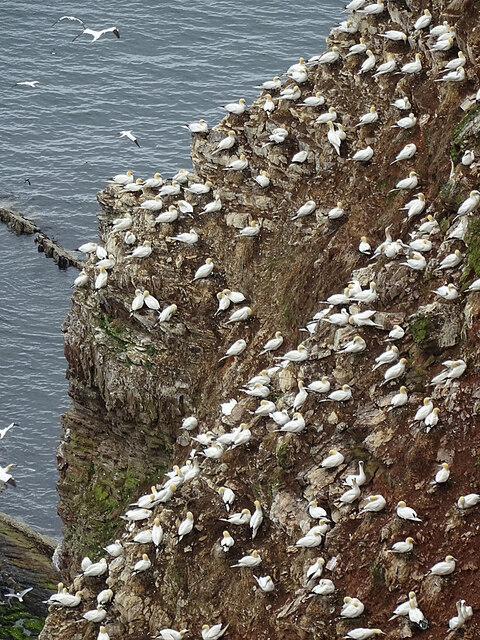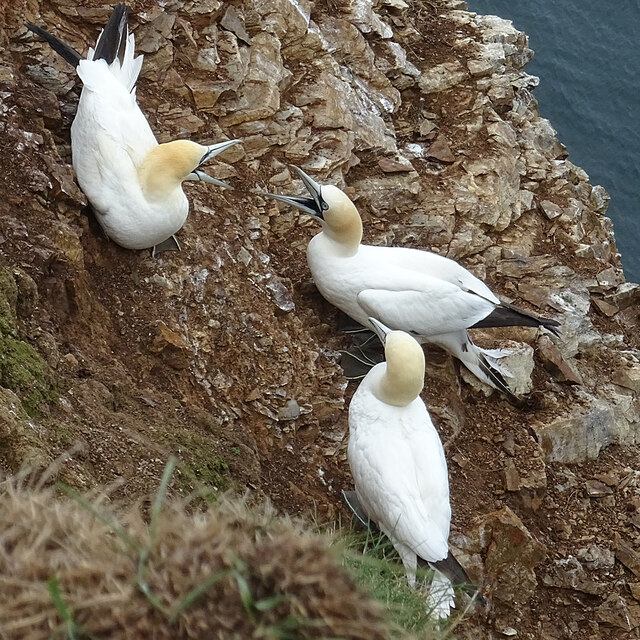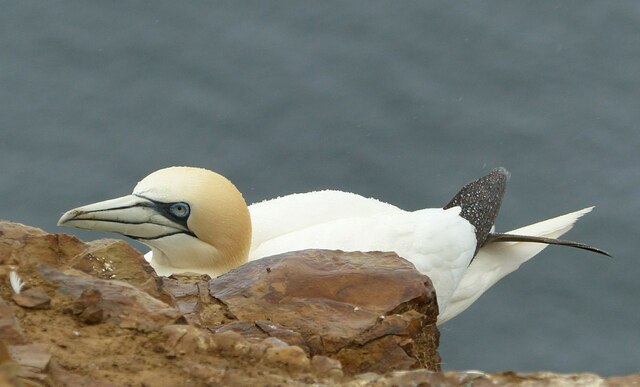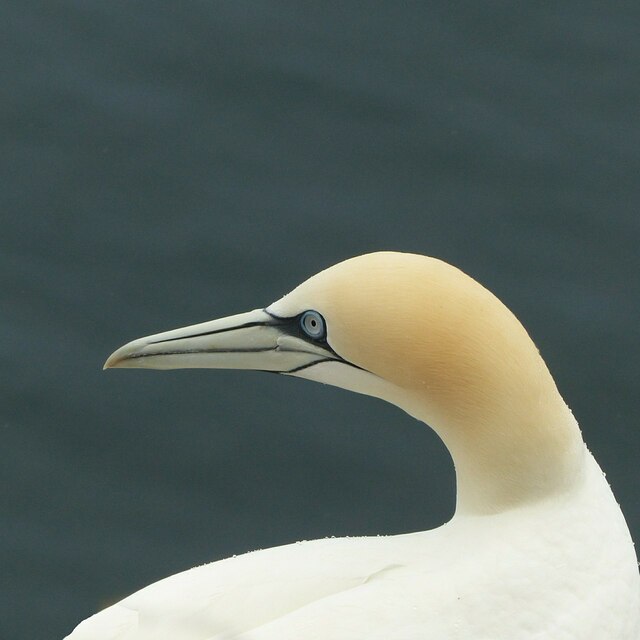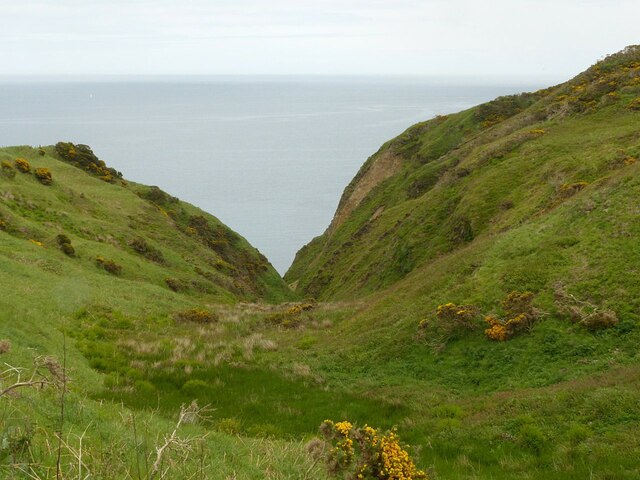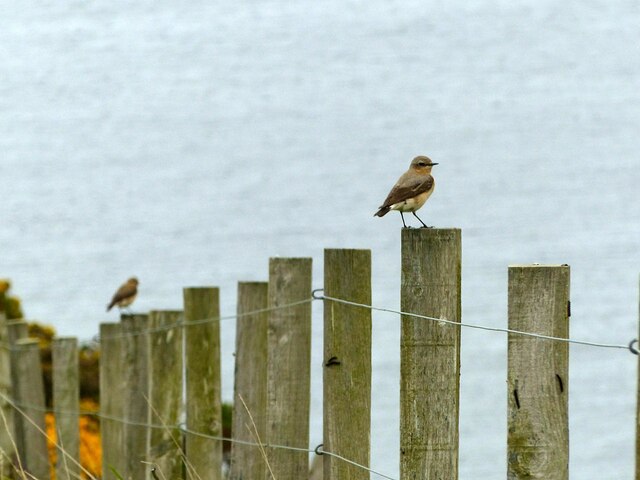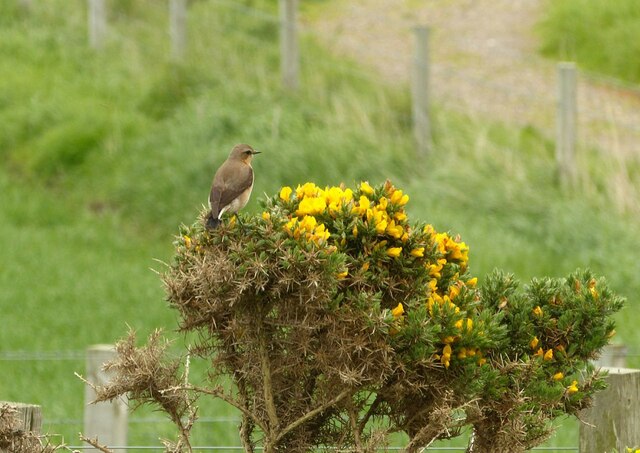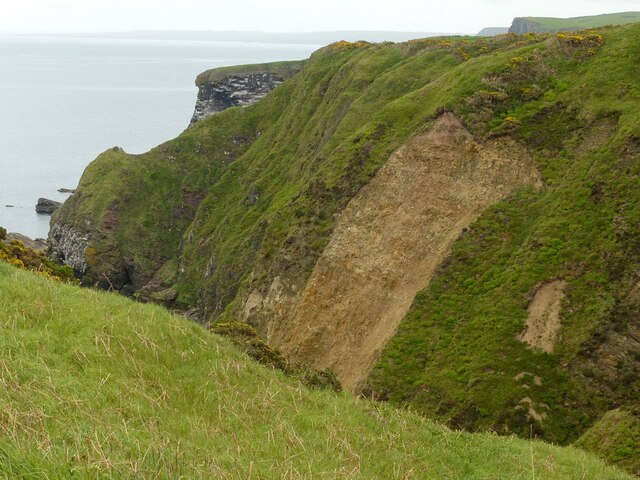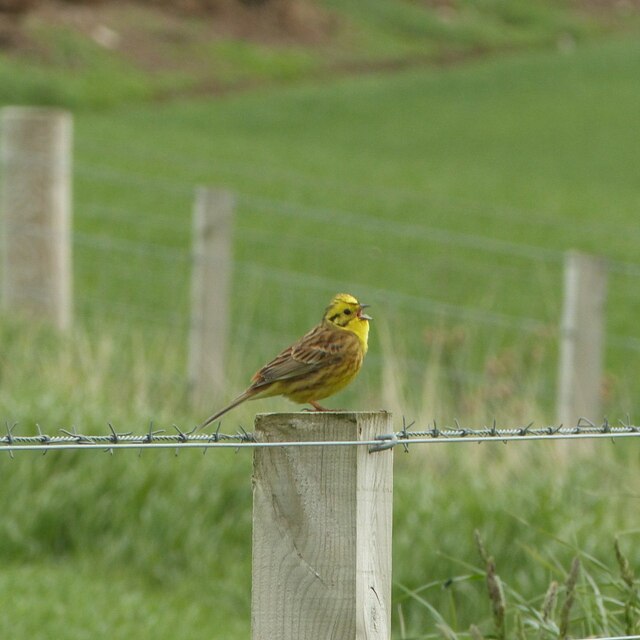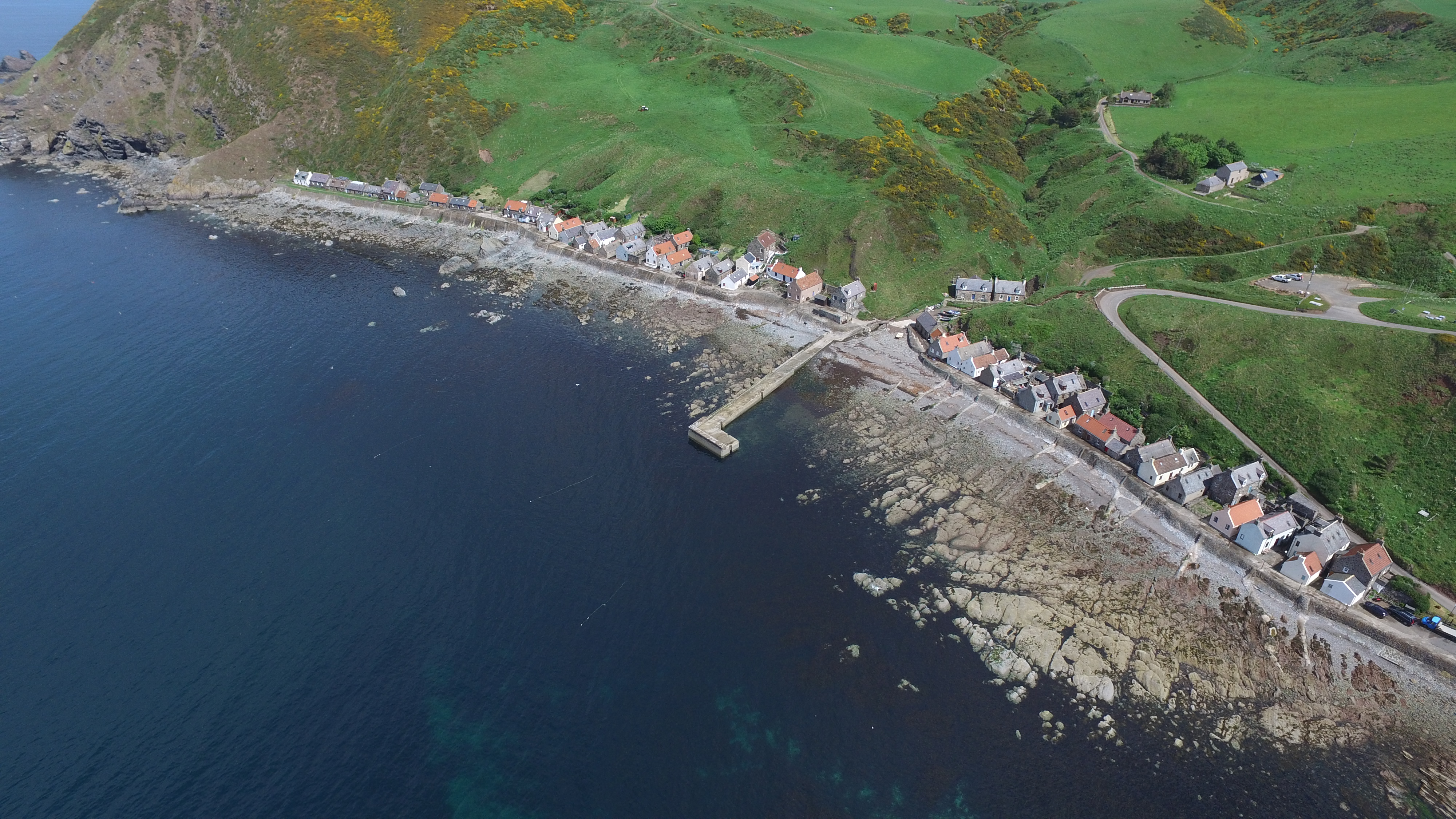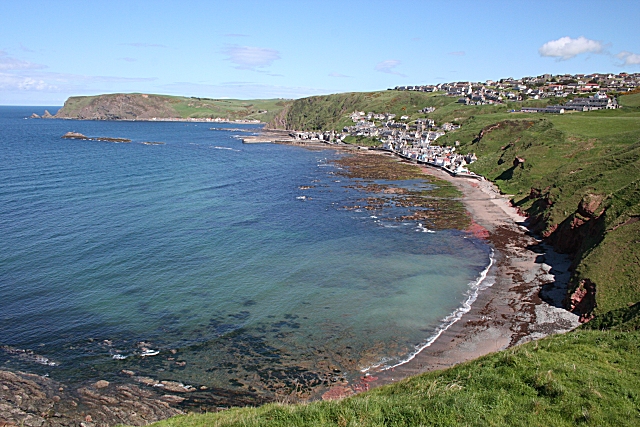Castle Point
Coastal Feature, Headland, Point in Banffshire
Scotland
Castle Point

Castle Point is a prominent coastal feature located in the region of Banffshire, Scotland. Situated on the eastern coast of the country, it is a headland that juts out into the North Sea. The point is named after the nearby Castle Point Castle, a historic structure that adds to the area's allure.
This headland is characterized by its rugged and dramatic landscape, featuring steep cliffs that offer breathtaking views of the surrounding sea. The cliffs are composed of sedimentary rocks, displaying layers of different geological formations that provide valuable insights into the region's geological history.
Castle Point is a popular destination for nature enthusiasts and outdoor adventurers due to its picturesque scenery and diverse wildlife. The area is home to a wide variety of seabirds, including puffins, gannets, and razorbills, making it a haven for birdwatching. Additionally, seals can often be spotted lounging on the rocks near the shoreline, adding to the rich biodiversity of the region.
Visitors to Castle Point can explore the headland by following several walking trails that meander through the coastal landscape, allowing for an up-close experience with the natural beauty of the area. It also offers opportunities for rock climbing and fishing, attracting outdoor enthusiasts seeking a more challenging experience.
The location of Castle Point, along with its stunning vistas and natural wonders, make it a must-visit destination for those looking to immerse themselves in Scotland's coastal beauty and rich history.
If you have any feedback on the listing, please let us know in the comments section below.
Castle Point Images
Images are sourced within 2km of 57.68546/-2.2723236 or Grid Reference NJ8366. Thanks to Geograph Open Source API. All images are credited.
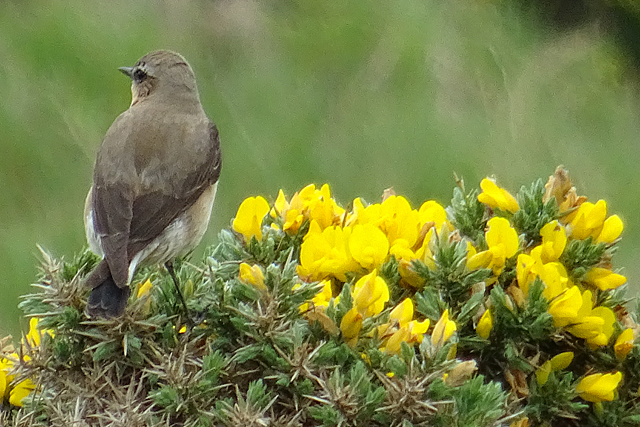
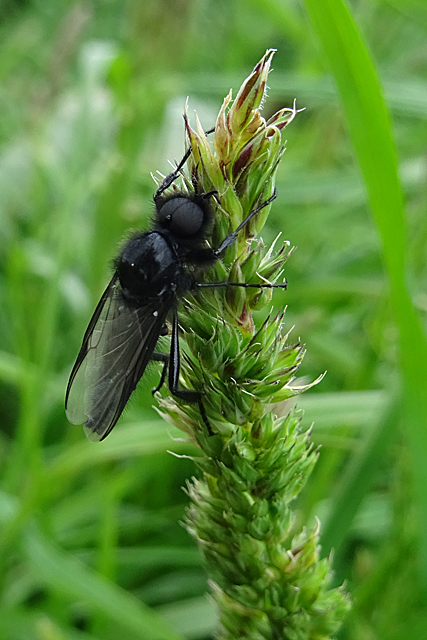
Castle Point is located at Grid Ref: NJ8366 (Lat: 57.68546, Lng: -2.2723236)
Unitary Authority: Aberdeenshire
Police Authority: North East
What 3 Words
///park.taxi.scanty. Near Rosehearty, Aberdeenshire
Nearby Locations
Related Wikis
Pennan
Pennan (Scots: Peenan) is a small village in Aberdeenshire, Scotland, consisting of a small harbour and a single row of homes, including a hotel. It is...
Auchmeddan Castle
Auchmeddan Castle was a castle, most likely dating from the 16th century, now demolished, located 9 miles (14 km) west of Fraserburgh, at Mains of Auchmeddan...
Crovie
Crovie is a small village in Aberdeenshire, Scotland, dating from the 18th century, a time when the sea was the only mode of transport to and from Scotland...
Gamrie Bay
Gamrie Bay is a bay in Aberdeenshire, Scotland. The bay is between Crovie Head and More Head. The villages of Gardenstown and Crovie are located within...
Nearby Amenities
Located within 500m of 57.68546,-2.2723236Have you been to Castle Point?
Leave your review of Castle Point below (or comments, questions and feedback).


